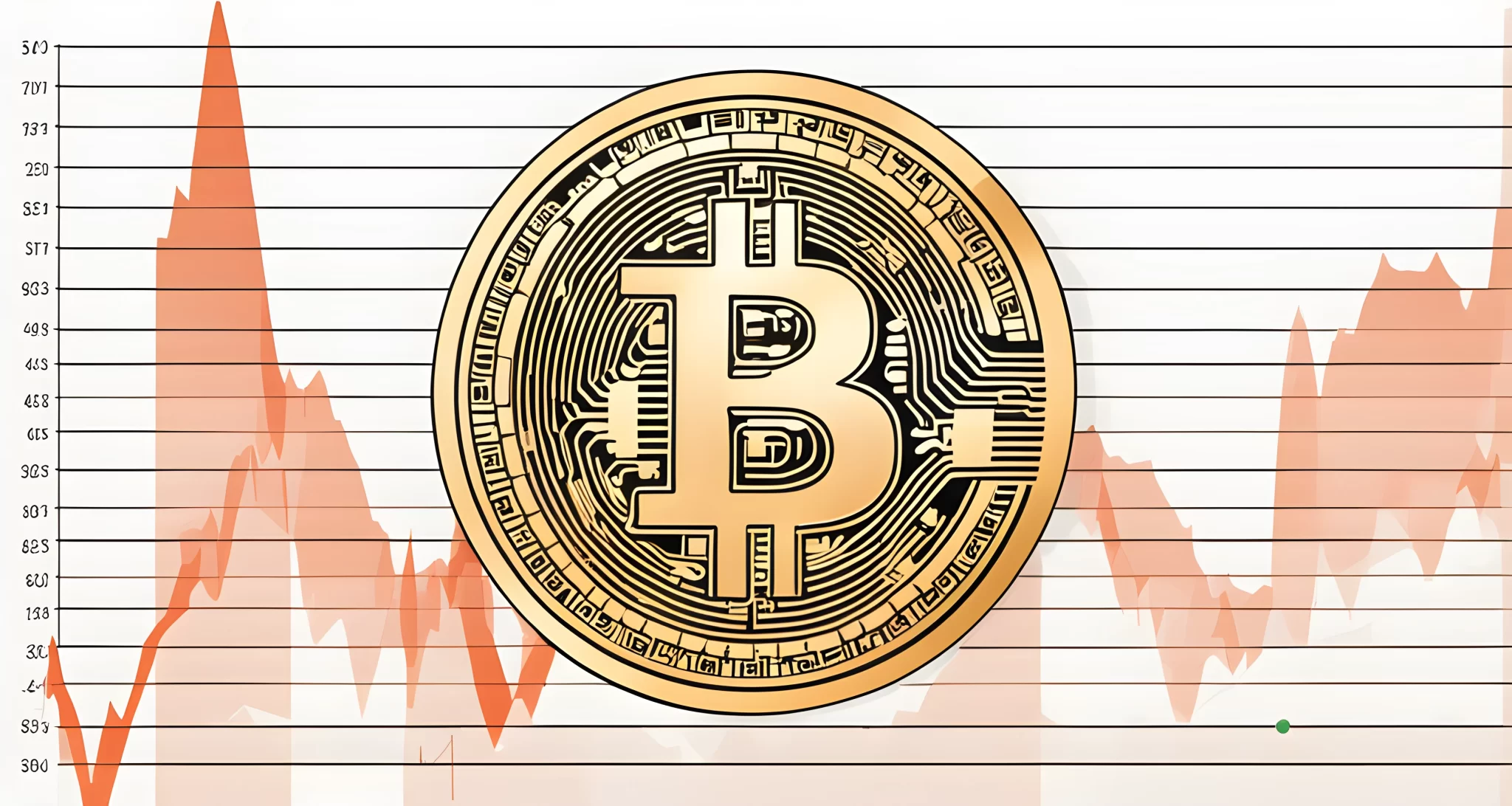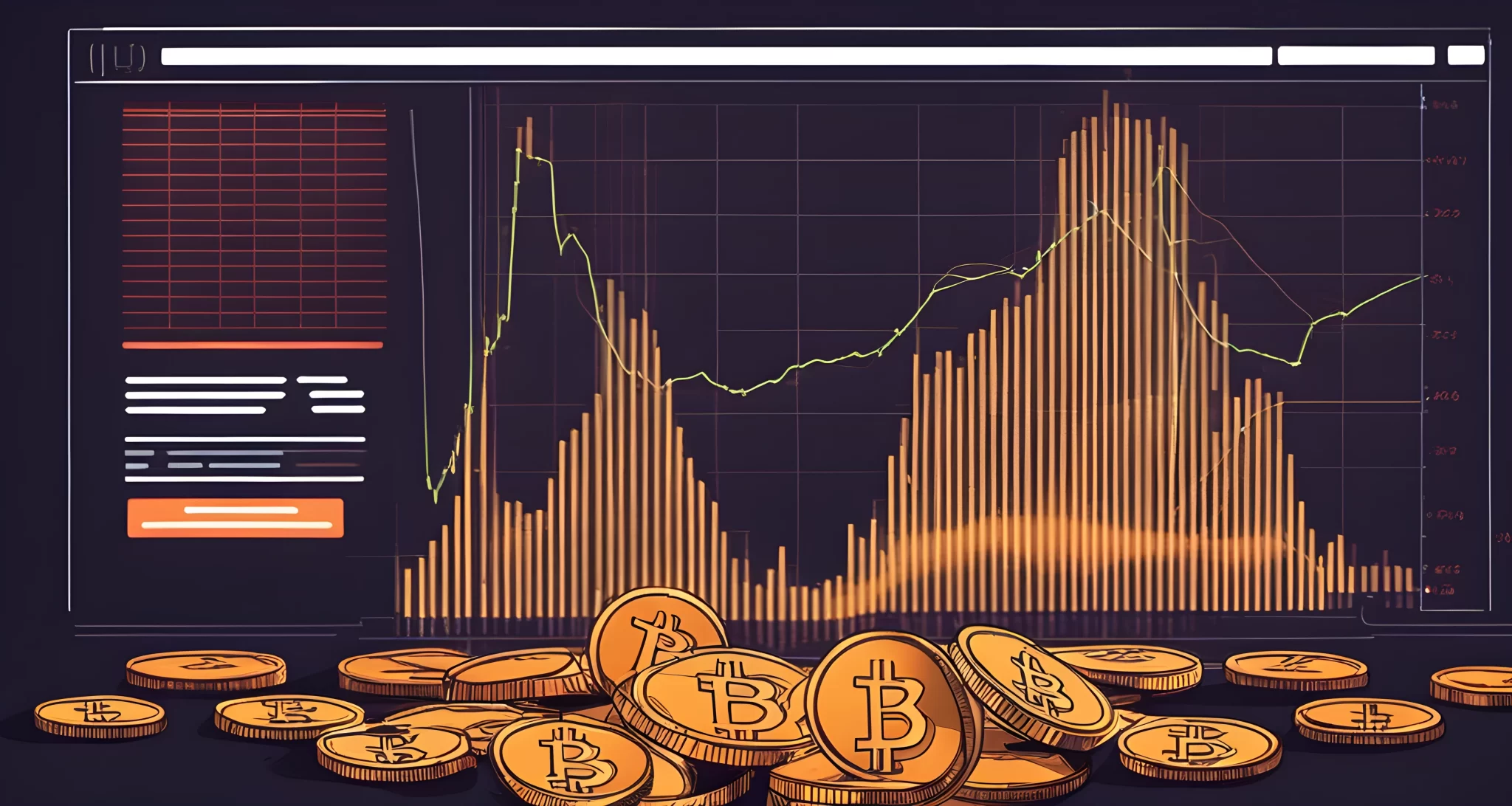Introduction
Bitcoin: The Conspiracy Behind Its Creation?
Bitcoin, the world’s most famous cryptocurrency, has been shrouded in mystery since its inception. From the enigmatic figure of Satoshi Nakamoto to the various conspiracy theories surrounding its creation, Bitcoin has captured the imagination of both investors and skeptics alike. In this article, we will delve into the origins of Bitcoin, examine the myths and theories surrounding its creation, and explore the impact these ideas have had on the cryptocurrency market.
The Origins of Bitcoin
The story of Bitcoin begins with an anonymous figure known as Satoshi Nakamoto, who introduced the concept of a decentralized digital currency in 2008. Despite numerous attempts to uncover Nakamoto’s true identity, their existence remains a mystery to this day.
The Mysterious Satoshi Nakamoto
Who is Satoshi Nakamoto? This question has sparked countless theories and speculation, with some even suggesting that Nakamoto could be a group of individuals rather than a single person.
Conspiracy Theories Surrounding Bitcoin
One of the most prevalent conspiracy theories surrounding Bitcoin is rooted in the notion that governments are fundamentally opposed to the idea of people doing well with innovations in finance. This theory is often linked to the gold standard and the perceived dangers of central banking and inflation.
For further exploration into the realm of conspiracy theories, check out Myth or Reality: Extraterrestrial Ancient
Stay tuned as we delve deeper into these mysteries and separate fact from fiction.

The Origins of Bitcoin
The concept of Bitcoin was first introduced in a whitepaper by a person or group using the pseudonym Satoshi Nakamoto in 2008. The true identity of Nakamoto remains a mystery to this day, leading to numerous conspiracy theories about the origins of Bitcoin. Some believe that Nakamoto is a government organization or a group of individuals with their own hidden agenda.
The Truth In Time
This perspective is closely tied to the work of Robert Welch, who in his book ‘The Truth In Time’ (1966), argued that governments are plotting to control the economy and that the gold standard is essential to maintaining individual freedom.
Ron Paul’s Advocacy
Similarly, Ron Paul, a prominent figure in the libertarian movement, has spoken out against the stability of the U.S. dollar and Bitcoin, advocating for a return to the gold standard after abolishing the Federal Reserve.
The mysterious nature of Bitcoin’s creation has fueled various theories about its true purpose and origin. The link between these theories and influential figures like Robert Welch and Ron Paul adds depth to the debate surrounding the creation of Bitcoin and its potential impact on global economies.
For more information on how conspiracy theories persist due to scientific and technological factors, check out Scientific and Technological Factors.

The Mysterious Satoshi Nakamoto
The identity of Satoshi Nakamoto, the creator of Bitcoin, remains shrouded in mystery. ### Early Beginnings
- Nakamoto first introduced the concept of Bitcoin in a 2008 white paper titled "Bitcoin: A Peer-to-Peer Electronic Cash System."
- Despite extensive efforts to uncover Nakamoto’s true identity, it has remained elusive, leading to numerous conspiracy theories.
Decentralization and Limited Supply
- Proponents of Bitcoin, like Nakamoto, aimed to create a digital currency that is decentralized and not controlled by any central authority.
- Nakamoto’s design for Bitcoin includes a strict limit on the supply of bitcoins, capped at 21 million, which is meant to ensure the currency’s value is not inflated by excessive money creation.
Link to Unsolved Mysteries
- The enigmatic nature of Nakamoto’s identity and the creation of Bitcoin draws parallels to other unsolved mysteries such as the Mystery behind JFK’s death.
- The allure of uncovering the truth behind these mysteries fuels public interest and speculation.
The mystery surrounding Satoshi Nakamoto adds an element of intrigue to the story of Bitcoin’s creation, further fueling conspiracy theories and speculation about its origins.

Conspiracy Theories Surrounding Bitcoin
The conspiracy theory economics of Bitcoin draws from the idea that central banks are responsible for inflation, which is seen as a plot to steal value from the people and hand it to a shadowy cabal of individuals or organizations. This belief in government manipulation and control of the economic system has fueled the popularity of Bitcoin as a hedge against these perceived dangers.
Some of the conspiracy theories surrounding Bitcoin include:
- Central Bank Manipulation: Many Bitcoin proponents believe that central banks intentionally manipulate the value of traditional currencies to benefit a select few.
- Inflation as a Plot: The notion that inflation is a deliberate strategy to siphon wealth from the public and concentrate it in the hands of an elite group.
- Government Control: The belief that governments are working in cahoots with financial institutions to control and manipulate the economy for their own gain.
These theories have gained traction due to a general distrust of centralized authorities. This has led many people to seek alternative forms of currency, such as FEMA Camps Reality Myth, which they believe are free from government interference and manipulation.

Debunking the Myths
In the world of Bitcoin, conspiracy theories abound, but it’s essential to separate fact from fiction. Let’s take a closer look at some of the most prevalent myths and debunk them:
-
Government Control: While some believe that Bitcoin was created as a tool for government control, the decentralized nature of the cryptocurrency suggests otherwise. Satoshi Nakamoto’s original whitepaper Secret societies Bilderberg emphasizes the peer-to-peer nature of Bitcoin, indicating a resistance to centralized authority.
-
Criminal Activity: Another common misconception is that Bitcoin is mainly used for illicit activities. However, studies have shown that the majority of Bitcoin transactions are legitimate, and law enforcement agencies are increasingly able to track and trace criminal activity on the blockchain.
-
Satoshi Nakamoto’s Identity: The enigmatic creator of Bitcoin has led to wild speculation about their true identity. However, numerous individuals have been falsely accused of being Nakamoto, and no concrete evidence has emerged to support any claims.
By debunking these myths, we can gain a clearer understanding of Bitcoin’s origins and purpose. While conspiracy theories may persist, it’s crucial to rely on verifiable information and critical thinking when evaluating the true nature of Bitcoin and its creator.

The Impact of Conspiracy Theories on Bitcoin
The impact of conspiracy theories on Bitcoin cannot be underestimated. Despite the widespread skepticism and suspicion surrounding its creation, Bitcoin has significantly influenced the financial world. Its decentralized nature has sparked debates about the role of central banks, inflation, and government control in the global economy.
The Growing Popularity of Bitcoin
- Bitcoin’s Rising Influence: Despite the controversy, Bitcoin’s popularity and influence continue to grow in the financial sector.
- Challenges to Government Control: The rise of Bitcoin has raised questions about government manipulation and control in the financial system, leading to discussions about Government manipulation query.
Debates About Economic Structures
- Role of Central Banks: Bitcoin has prompted discussions about the necessity of traditional central banking systems and their influence on the economy.
- Inflation and Currency Devaluation: The concept of a decentralized digital currency has led to debates about inflation and currency devaluation.
These discussions have brought mainstream attention to alternative economic models and have sparked important conversations about the future of finance. Whether or not these conspiracy theories hold any truth, they have undoubtedly contributed to shaping the discourse around Bitcoin and its impact on the financial world.

Conclusion
In conclusion, while conspiracy theories play a significant role in shaping the public perception of Bitcoin, it is essential to critically evaluate the evidence and consider the broader implications of the digital currency. Whether Bitcoin is seen as a tool for countering government manipulation or simply as a technological innovation, its impact on the financial landscape is undeniable.
Key Considerations
- The influence of conspiracy theories on public opinion
- The potential implications for financial markets and government regulation
- The importance of critical thinking and evidence-based analysis
As we navigate the complex landscape of Bitcoin and its surrounding theories, it is crucial to approach the subject with an open mind and a healthy degree of skepticism. By addressing misconceptions and debunking myths, we can gain a clearer understanding of the true nature of Bitcoin and its role in our society.
For more information on alternative perspectives and conspiracy theories, consider exploring the Parallel universe gateway article on CERN and the Large Hadron Collider. This will provide additional insights into how conspiracy theories can shape our understanding of cutting-edge technologies and scientific advancements.
FAQ
What is the conspiracy theory economics of bitcoin?
The conspiracy theory economics of bitcoin is rooted in the notion that governments are fundamentally opposed to the idea of people doing well with innovations in finance, often linked to the gold standard and serving as a hedge against central banking and inflation.
Who are some prominent figures associated with the conspiracy theory economics of bitcoin?
Robert welch, author of ‘the truth in time’ (1966), and ron paul, a prominent figure in the libertarian movement, have advocated for the gold standard and spoken out against the stability of the u.s. dollar and bitcoin.
What is the design of bitcoin according to its creator, satoshi nakamoto?
Satoshi nakamoto set out to create a digital currency that is decentralized and not controlled by any central authority, with a strict limit on the supply of bitcoins (capped at 21 million) to ensure the currency’s value is not inflated by excessive money creation.
What is the basis of the conspiracy theory economics of bitcoin?
The conspiracy theory economics of bitcoin draws from the idea that central banks are responsible for inflation, which is seen as a plot to steal value from the people and hand it to a shadowy cabal.
